
Who doesn’t love peanuts? It is a light, fulfilling snack that is not only healthy but has a lot of facts and trivia! From its various types to nutrition value and an allergy guide, read to find out everything you need to know facts about peanuts!
1. Peanuts aren’t actually nuts
Regardless of the word ‘nuts’ in peanuts, they aren’t actually nuts! Unlike other ‘true’ nuts like hazelnuts and acorns, they don’t grow on trees but develop underground. This classifies them in the ‘legumes’ family. Other legumes are peas, soybeans, and lentils.
That is totally nutty. (Pun intended)
2. Peanuts have traveled all over
Grown in subtropical and tropical regions, the peanut plant is believed to have originally grown in South America. Through European explorers, the plant was grown in Asia, Africa, and North America. As of today, India, China, and the USA are the three biggest peanut growers.
3. Peanuts and the World Wars
Facts about Peanuts and their cultivation play an important role during the world wars (1914-1918) and (1939-1945). The popularity of peanuts grew as the need for more plant oils during World War I increased.
Products such as peanut oil, peanut candies, and innovative peanut butter (refer to the fact 4!) were regular wartime meals. Peanut butter became an essential part of the Armed Forces rations in WWI and WWII. The U.S army sent peanut butter and jelly sandwiches as sustenance to its soldiers.
With the research of American scientist Dr. George Carver, peanuts proved to be a profitable commercial crop also.
4. Peanut Butter + Jelly
It is believed that peanut was converted into a paste for the first time in the 1800s in South America. Introduced at fairs, the peanut butter paste was a delicacy in the early 1900s and was only consumed by the rich and wealthy.
Soon, with the invention of sliced bread, a peanut butter and jelly sandwich became a huge success. During the World Wars and Great Depression, the prices decreased, and it was consumed by many.
‘Grapelade,’ a popular and cheap jelly, and peanut butter’s partner and was sent in rations for the soldiers during the wars. With its affordability and nutritional value, the peanut butter and Jelly sandwiched were a national success.
5. Peanuts and health
Peanuts have great nutritional value. While eaten as a snack, they are fulfilling. Below is the nutritional breakdown in peanuts:
-
Proteins
They are an excellent source for plant-protein, roughly providing half a person’s daily protein needs. Protein is essential for body cells as they help in its building and repairing.
-
Healthy fats
Fatty acids are important in any diet, and peanuts have a lot of healthy fats. These fats improve blood cholesterol levels and reduce the chances of health diseases and strokes.
However, there is a percentage of saturated fats in peanuts. They’re classified as unhealthy fats, so it’s best to eat moderately.
-
Fiber
Peanuts are rich in dietary fibers. They help lower blood cholesterol levels and prevent heart diseases and obesity.
6. Facts and Types of peanuts
Although peanuts are available in several varieties, four essential markets are available: Runner, Virginia, Spain, and Valencia. In size, color, and nutritional quality, each of the peanut types is distinctive.
There are several ‘varieties’ for seed and development purposes within each of the forms of peanuts. Each variety has different features that allow a maker to choose the peanut that is better suited to its area and industry.
-
Runner
At the start of the 1970s of a new peanut breed, the Florunner led to a dramatic rise in peanut production, runners have become the dominant producer of peanuts. The cultivated 54% is used for the cultivation of peanut butter.
-
Virginia
The most significant produce of Virginia is roasted. Many of the bigger seeds are sold as gourmet snacks when shelled.
-
Spain
They are primarily found in peanut candy and large numbers for snacks and peanut butter. It has a higher concentration of oil that is useful for oil crushing than other forms of peanuts.
-
Valencia
They are really sweet peanuts, roasted and sold in the shell. They are excellent as fried peanuts for fresh use. New Mexico is Valencia’s largest peanut maker.
7. The use of peanut shells
Peanut shells are eco-friendly and can be used for a variety of products.
-
Mulch
Their shells allow compost piles to break down and provide nitrogen-rich mulch for gardening.
-
Shipping
Use peanut shells as literal packing peanuts!
-
Salt alternative
In the case of frozen sidewalks and steps, instead of using salt, use shell fragments.
-
Kitty Litter
Use shell shavings by soaking them and combining them with biodegradable soap and baking soda.
8. Peanut Allergies
Peanut allergy happens when peanut proteins are incorrectly perceived as something dangerous by the immune system. Direct or indirect contact with peanuts leads to symptomatic chemicals being released into your bloodstream by your immune system.
Exposure to peanuts can take place in different ways:
-
Explicit contact
Consuming peanuts or peanut-containing foods is the most frequent cause of peanut allergies. Direct skin contact with peanuts can often cause an allergic reaction.
-
Cross-contact
This is generally the result of food being exposed to peanuts during processing or handling.
-
Inhalation
If you inhale dust or peanut-containing aerosols from sources such as peanut flour or peanut oil cooking spray, an allergic reaction can occur.
An allergic response to peanuts generally happens within minutes after exposure. Peanut allergy signs and symptoms can include:
- Skin reactions, itching around the mouth and throat
- Diarrhea, nausea or vomiting
- Shortness of breath or wheezing
If you’re allergic to peanuts, avoids foods like:
- Arachis oil
- Artificial nuts
- Groundnuts
- Mixed nuts
- Peanut oil
- Peanut butter
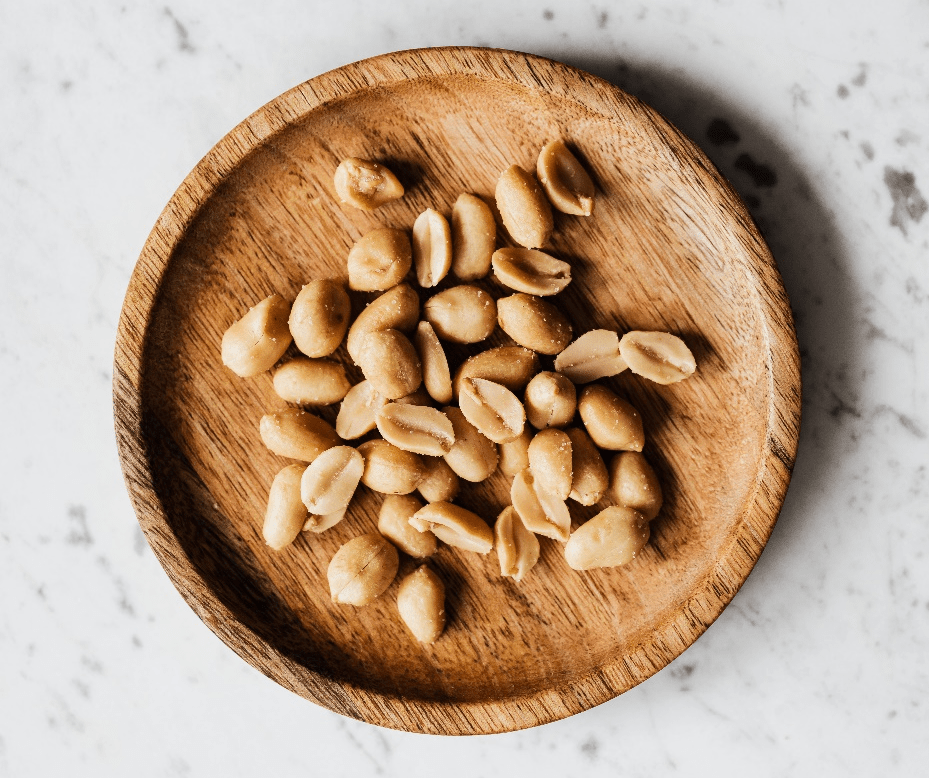
The Bottom-Line
We hope this blog has been a help to you. This small nut has so much history and health packed into it. All this work has made us hungry for a peanut butter and jelly sandwich!
Read about: delicious Peanut Butter Soup recipes

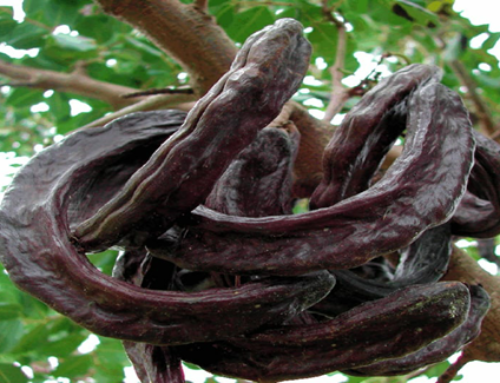
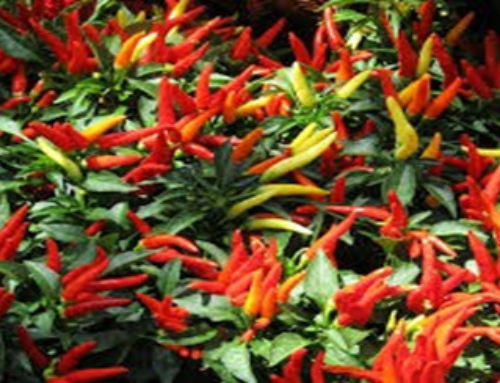
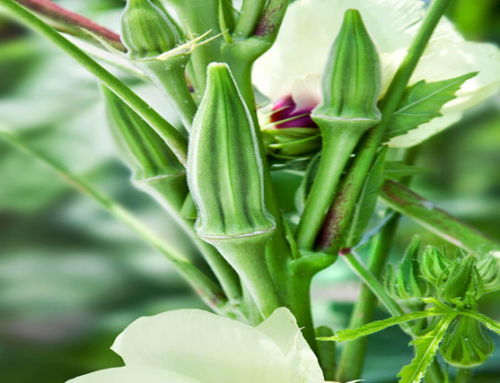
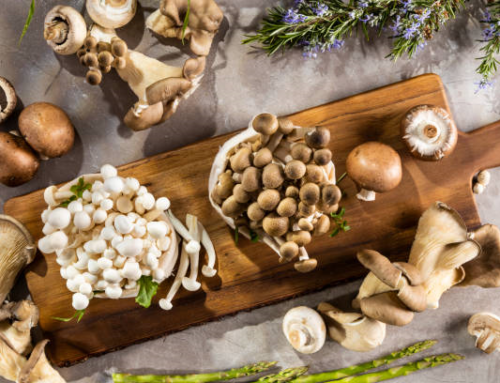
Leave A Comment